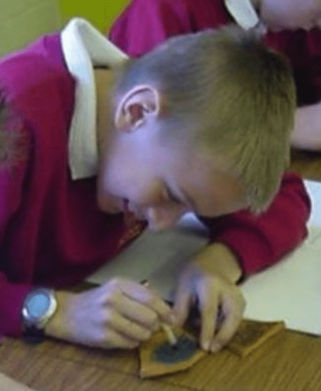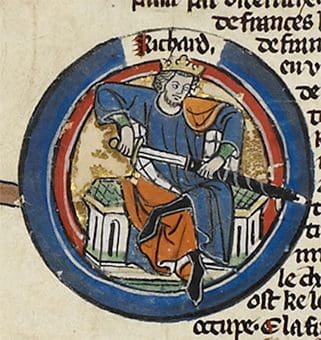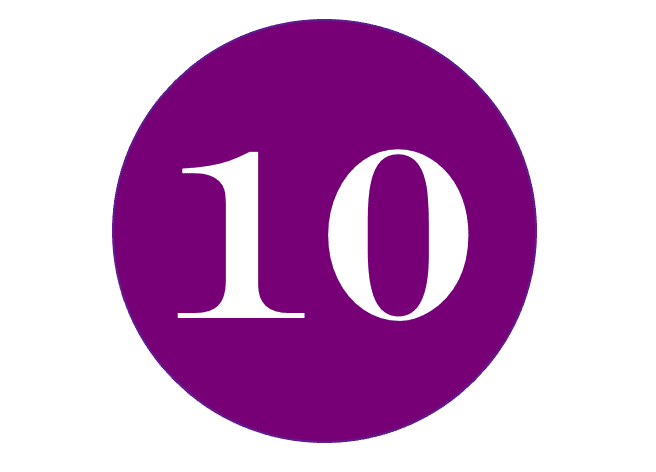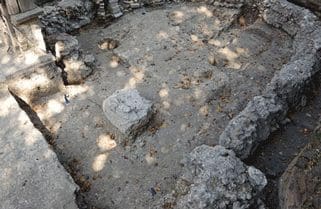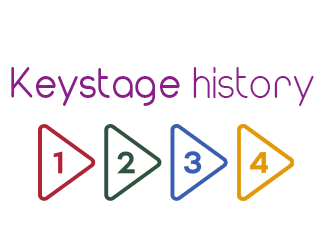
It has always concerned me that context-free can-do statements have NO PLACE in HISTORY TEACHING.
How can we possibly consider explanations for why the Great Fire started as being on a par with explaining the fall of communism in Eastern Europe 25 years ago? Context is all. But perhaps we are guilty of special pleading for our subject. Perhaps there is a place for ‘can-do’ statements in KS3 assessment and we have simply got it wrong.
Well, I thought that there might well be a case of them in mathematics until I read a recent report which exposed their flaws very elegantly. The report focused on the ‘can do’ statement that pupils ‘can compare two fractions to identify which is the larger’. Sounds pretty precise. But does it work? Unsurprisingly, it all depends on the fraction, of course. Here is the evidence. When asked which is the larger 3/7 or 5/7 90% of secondary-aged pupils got the answer right. But when the fractions were changed to 3/4 and 4/5 only 75% got it right. And then, astonishingly, when the fractions to compare were 5/7 and 5/9 only 15% gave the correct answer. So, as with history context is all. Kick the ‘can-do’ statements out and don’t let them back in. They never had a place in history departments and please don’t reinvent them now, just because we have a vacuum. If it is in your grasp to influence SLT’s thinking too, please take the opportunity to show them the above evidence.

